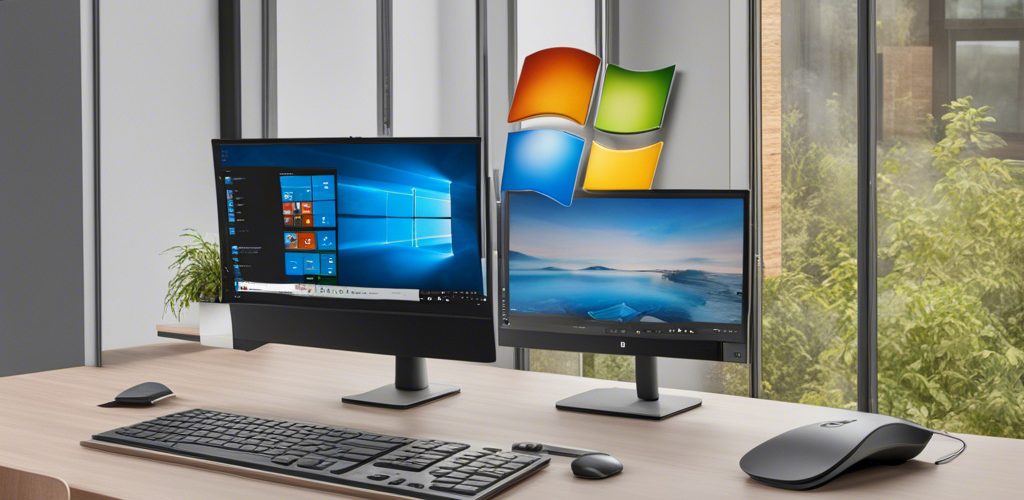The Challenges of Windows Updates for Home Servers
In an age where technology aims to streamline our daily tasks, it can be frustrating when systems designed for convenience become a source of disruption. One such example is the notorious Windows Update feature on PCs that often restarts at the most inconvenient times. Recently, for users who operate specialized equipment like 3D printers from their PCs, the consequences of these updates can be particularly damaging.
One user shared their experience detailing how their setup, originally designed to allow updates during non-active hours, became problematic. With a 3D printer reliant on precise computer management, unexpected restarts led to frustrations that highlighted a key issue: why does Windows restart for updates when users like them have taken steps to avoid this?
Windows has had an active hours feature for years, designed to allow users to designate times when their device should not restart for updates. This is supposed to prevent interruptions during the hours when the user is most engaged with their work. However, for many, the reality doesn’t align with this ideal. For instance, when the user in our example transitioned to using their PC as a server to manage their 3D printer while they were away, they encountered a new problem. The PC would unexpectedly restart even during designated active hours, halting ongoing prints and causing physical damage to their completed work.
This scenario brings us to a critical point: the reliability of the active hours feature. Applications like 3D printing often require sustained management and monitoring, and any interruptions can disrupt not only the printing process but can also result in ruined materials due to overheating or other uncontrolled responses. As outlined by the user, one problematic update involved a secure boot feature that caused blue screens on their SSD, further complicating what should have been a routine maintenance process.
The complacency of Windows in determining “inactivity” can lead to a false sense of security for users. What qualifies as ‘inactive’? Active users may step away from their workstation for brief periods—whether to grab a coffee, run an errand, or even when they leave for work after starting a print job. A ten-minute lapse in engagement from the user shouldn’t warrant a system restart, especially when it leads to potentially irreversible consequences for projects relying on a stable server environment.
To mitigate these unexpected interruptions, some users have turned to alternative solutions. Options include modifying settings to delay updates until they can manually approve the installation, utilizing third-party software to manage update schedules better, or even switching to a different operating system that allows for more control over the update process.
In conclusion, while Windows Updates aim to improve system performance and security, the unwelcome reality is that they can also disrupt crucial workflows, particularly for users engaged in specialized tasks like operating a 3D printer. As technology continues to advance, it may be time for Windows to enhance its update mechanisms, allowing for a more user-centric approach to updates that respects the importance of active user sessions and addresses the needs of those who rely on their systems for critical tasks.





Add comment